Creating a sustainable and eco-friendly home doesn’t just benefit the environment; it also enhances your living space with a unique, natural, and healthy aesthetic. Here’s how you can integrate sustainable and eco-friendly practices into your home decor.
1. Choose Sustainable Materials
Opt for materials that have a lower environmental impact. These include:
- Bamboo: A fast-growing, renewable resource that’s versatile and stylish.
- Reclaimed Wood: Adds character and history to your home while reducing deforestation.
- Cork: Harvested from the bark of cork oak trees, it’s renewable and recyclable.
- Natural Fabrics: Choose organic cotton, linen, and wool instead of synthetic fibers.

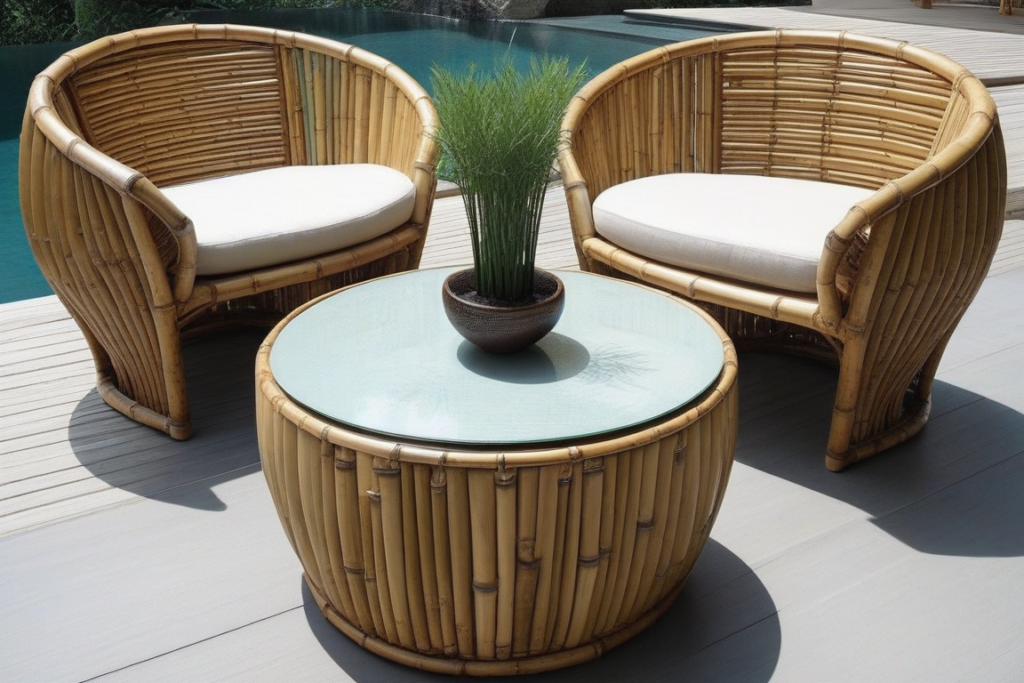


2. Upcycle and Repurpose
Instead of buying new, consider upcycling or repurposing old items:
- Furniture: Turn an old ladder into a bookshelf or use vintage crates for storage.
- Decor Items: Use glass jars for vases, old doors as headboards, or pallets for coffee tables.
- Textiles: Repurpose fabric scraps into cushion covers, rugs, or wall art.

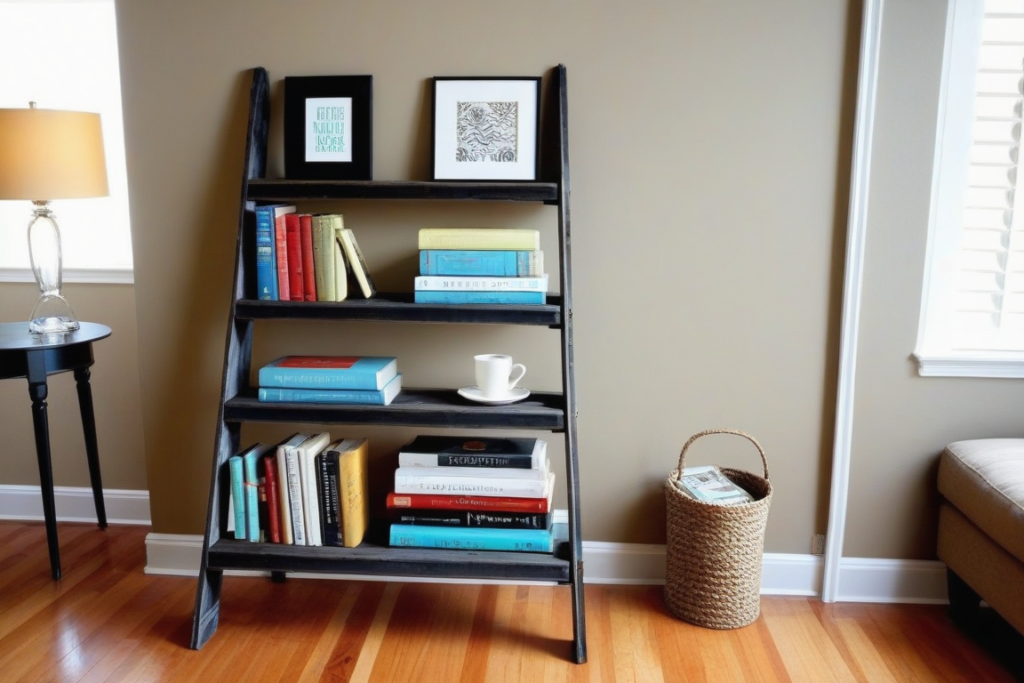

3. Shop Second-Hand
Buying second-hand reduces waste and often supports local businesses. Visit thrift stores, flea markets, and online marketplaces for unique and affordable finds.
4. Opt for Non-Toxic Paints and Finishes
Traditional paints and finishes can release harmful VOCs (volatile organic compounds). Choose:
- Low-VOC or Zero-VOC Paints: These are better for indoor air quality and the environment.
- Natural Finishes: Such as beeswax, linseed oil, and milk paint.
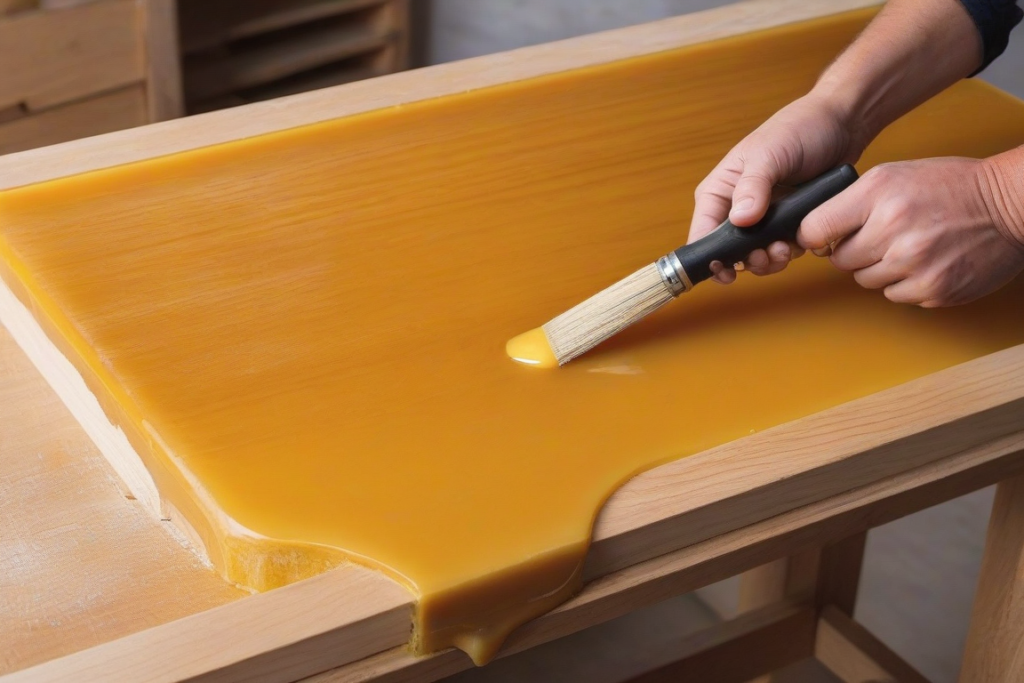
5. Energy-Efficient Lighting
Switching to energy-efficient lighting can significantly reduce your home’s energy consumption:
- LED Bulbs: They use less energy and last longer than traditional bulbs.
- Solar-Powered Lights: Great for outdoor spaces, they harness the sun’s energy.


6. Incorporate Plants
Plants not only add beauty but also improve indoor air quality:
- Houseplants: Choose low-maintenance varieties like snake plants, pothos, or spider plants.
- Vertical Gardens: Use wall space for growing herbs or small plants.
- Recycled Planters: Use old cans, bottles, or other containers as planters.
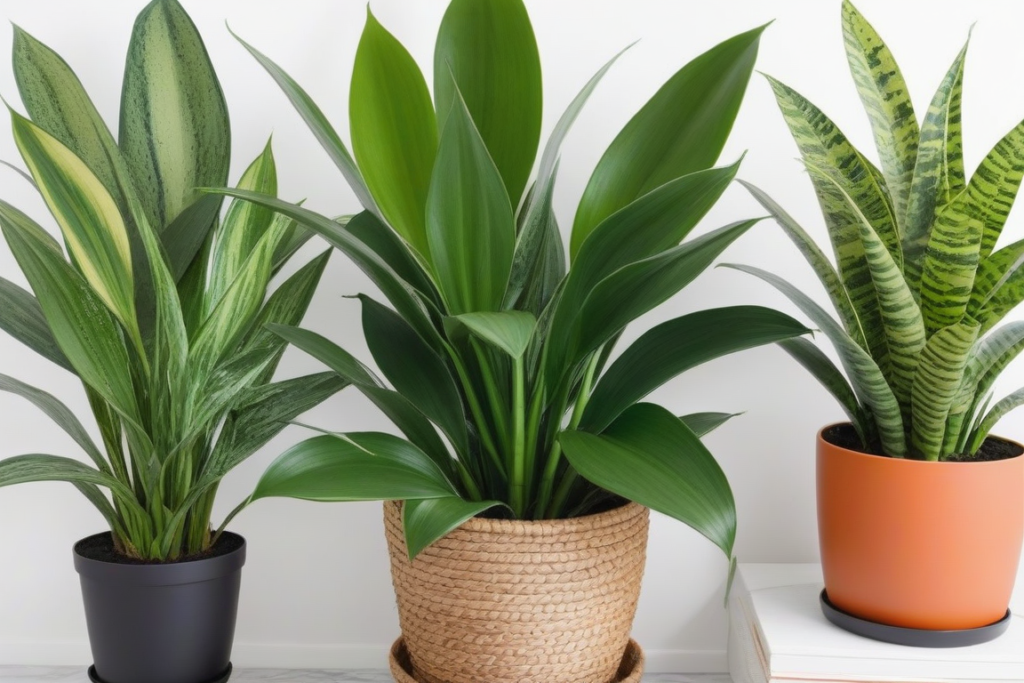


7. Eco-Friendly Furniture
Invest in furniture made from sustainable practices:
- Certified Wood: Look for FSC (Forest Stewardship Council) certified wood.
- Vintage or Antique Furniture: Adds character and reduces the demand for new furniture production.
- Modular Furniture: Can be reconfigured or expanded as needed, reducing the need to buy new pieces.
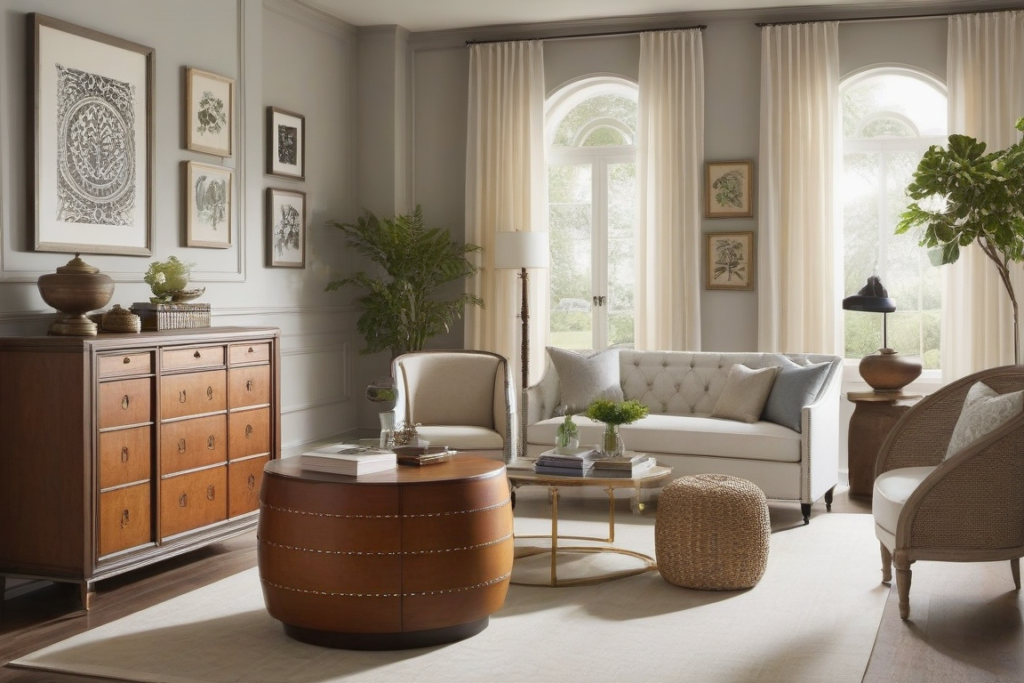
8. Reduce, Reuse, Recycle
Implement these principles in your decor process:
- Reduce: Be mindful of what you bring into your home. Choose quality over quantity.
- Reuse: Find new uses for old items before discarding them.
- Recycle: Properly dispose of items that can be recycled to minimize waste.


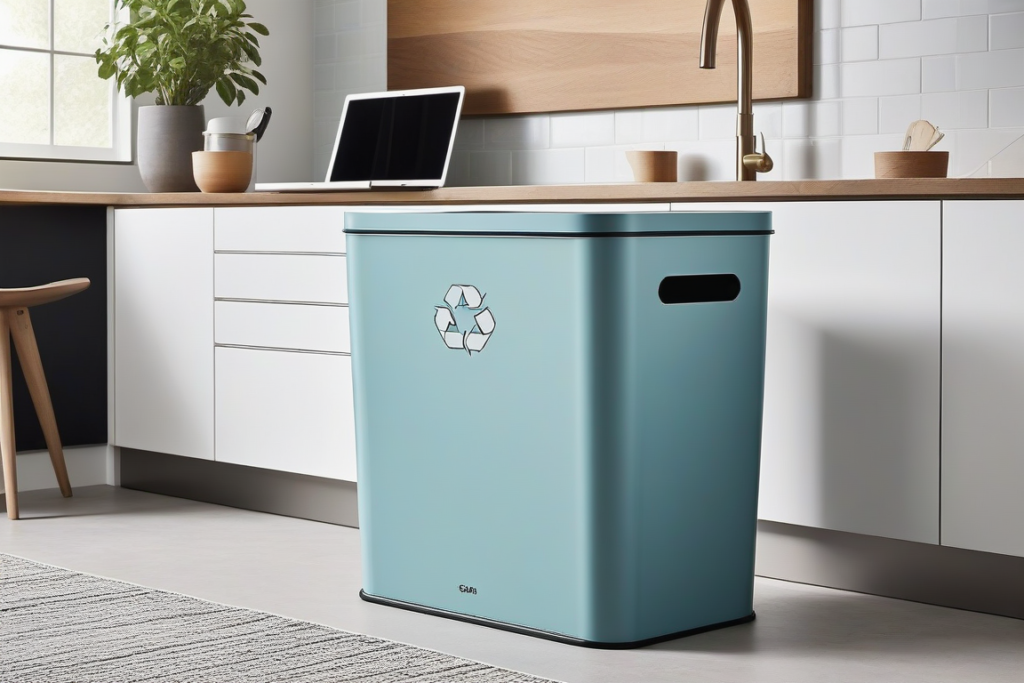
9. Sustainable Window Treatments
Choose window treatments that help with insulation:
- Thermal Curtains: Keep your home warm in winter and cool in summer, reducing energy consumption.
- Natural Blinds: Made from bamboo or other sustainable materials.
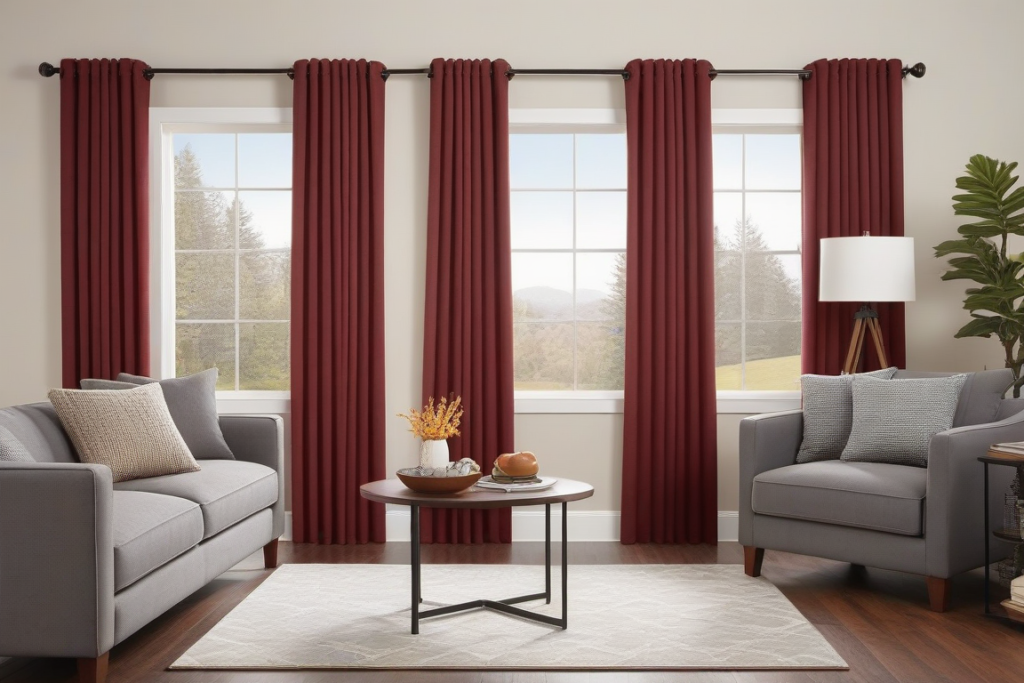

10. Mindful Purchasing
Support brands and artisans that prioritize sustainability:
- Ethical Brands: Research brands that use eco-friendly practices.
- Local Artisans: Buying local reduces the carbon footprint associated with transportation.

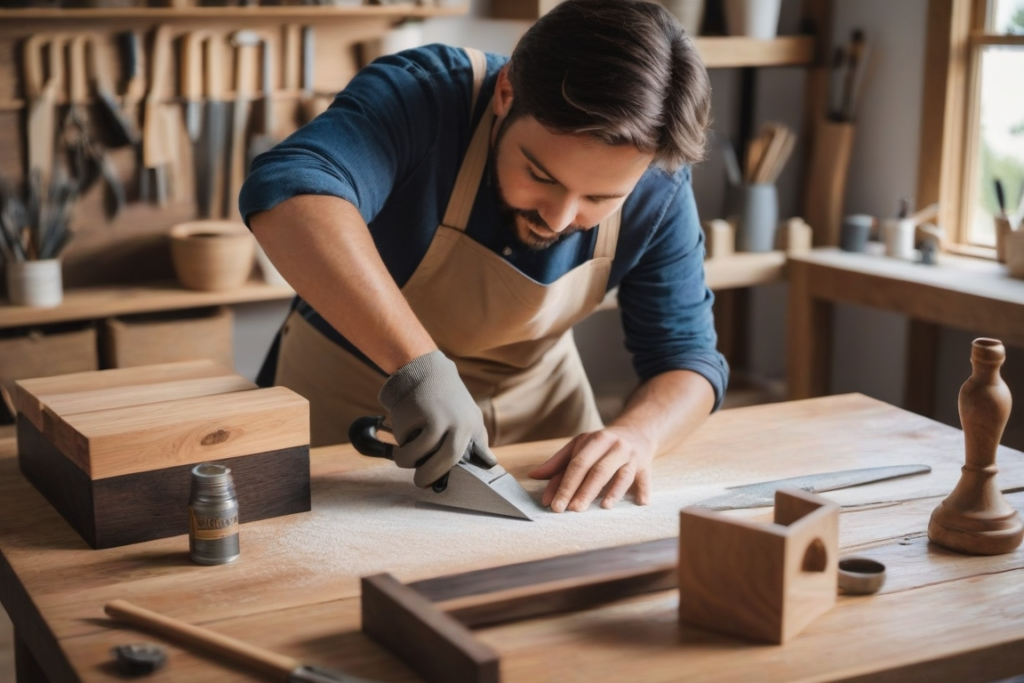
Final Thoughts
Integrating sustainable and eco-friendly practices into your home decor is a rewarding way to create a beautiful, healthy, and environmentally conscious living space. By making thoughtful choices and embracing creativity, you can design a home that reflects your values and contributes to a better future for our planet.
For more tips and inspiration on sustainable living and home decor, be sure to follow our blog and share your own eco-friendly decor ideas in the comments below!


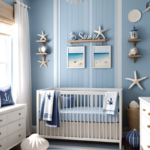

Leave a Reply